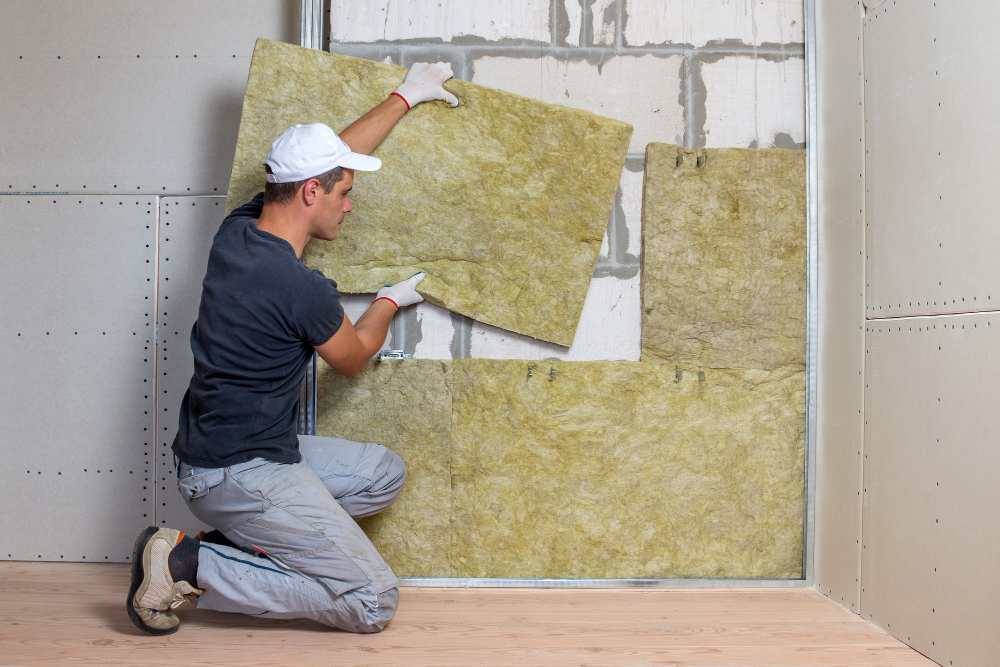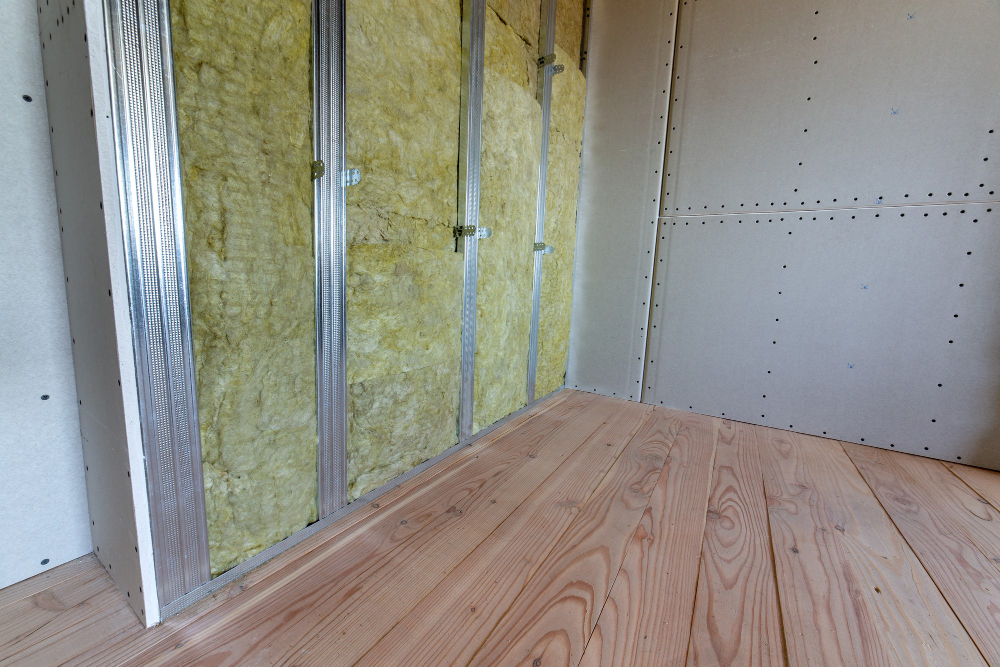Last updated on
As a homeowner, you probably know how important it is to protect your home and even constantly work on it. Properties must be maintained and updated properly to keep (and even increase) their value. The same goes for your new ADU garage.
Adding an accessory dwelling unit to your property is always a great idea – as you can gain extra space for the car, hobbies, or even a play house for your kids. ADUs can have numerous purposes, but to keep them comfy and protected, you need to insulate them. So, to find some great insulation tips for your ADU garage read on.
Types of Insulation for ADU Garages

There are many benefits to insulating a garage, but you have to know which type of garage insulation is the best for you. Many types exist, and there are many insulation styles and materials (literally dozens), you should do some research before you go and buy the material for your garage.
Another important feature to pay attention to in insulation is the R-value. This value is used to measure how effective the insulation is (as R stands for ‘resistance’).
R-value will also help you figure out how certain materials resist the conductive flow of heat – the higher the value the better insulation. With that being said, let’s explore some of the types of insulation you can use for your ADU.
Rolls
Roll insulation is usually made for the standard stud framing, with 10”, 15”, and 23” being the most common widths of this type of insulation. Also, the most common type of roll insulation is fiberglass.
Fiberglass roll insulation (or the “pink” insulation) is usually used in detached garages and they are made from tiny fibers of glass packed together to protect your home. Plus, this type of insulation comes with an R-value that ranges from R-5 to R-30, depending on its thickness.
Batts
Batts are another common type of insulation used in garages. And just like rolls, they come in the common widths (10”, 15”, and 23”), and they look like a strip of roll insulation but it’s cut into a specific length.
However, the main benefit of bates is that they can be faced, and if they are faced it means that they work as a vapor retarder to prevent moisture. There are a few types of batt insulation, including:
- Fiberglass (from R-8 to R-49)
- Mineral wool (from R-15 to R-30)
- Cotton (from R-6.7 to R-30)
Loose-fill
Also called “blown-in insulation”, loose fill is useful for ceiling spaces and attics. So, you might want to use it for the roof of your garage. It is also perfect for odd-shaped spaces as it can easily fill in all the cracks and crevices in the space. Loose-fill insulation usually comes in bales.
This means that you might want to rely on a professional to help you as you have to use a machine (insulation blower) to shred the bales and blow the insulation into the space. Like other types of insulation, loose-fill also comes in a variety of materials:
- Cellulose (average value of R3.5)
- Fiberglass (average value of R-2.5)
- Mineral wool (average value of R-3)
Spray Foam
Last, but not least, we have spray foam insulation that has been growing in popularity during the last couple of years. This is due to its versatility in application, and it can be used in both interior and exterior insulation. This type of insulation is made from various products (latex and urea-formaldehyde are the most common), and it can be split into two categories:
- Open-cell (ocSPF) – low density
- Closed-cell (ccSPF) – high density
The Best Overall Insulation for Garages
In most cases, the best insulation for your ADU garage is fiberglass that comes in either rolls or batts. These are still the most common garage insulation due to their ease of installment and cost-effectiveness. Plus, they offer a great R-value.
The Best Warm-climate Insulation for Garages

If you live in a sunny area, you will want to protect the garage with something a bit extra. That extra can be the double-bubble radiant barrier as it offers more protection from the sun’s heat.
This type of insulation is basically bubble wrap with metalized film on both sides and it is often used on the back of garage doors or on the underside of the garage roof (especially if they are made of metal). Double-bubble will certainly keep your garage cool during the hottest day of the summer, making the space comfy and energy-efficient.
The best decision you can make for your property is to insulate your home and especially your garage. ADU garages can be used for many purposes (play house, hobby space, workshop, or storage), and you want that space to be energy-efficient and comfortable – just like the rest of your house.
So, before you start buying the materials to insulate the space, do some research on the types of insulation and consider the climate you live in, and you will make the best decision for your home.
Table of Contents




